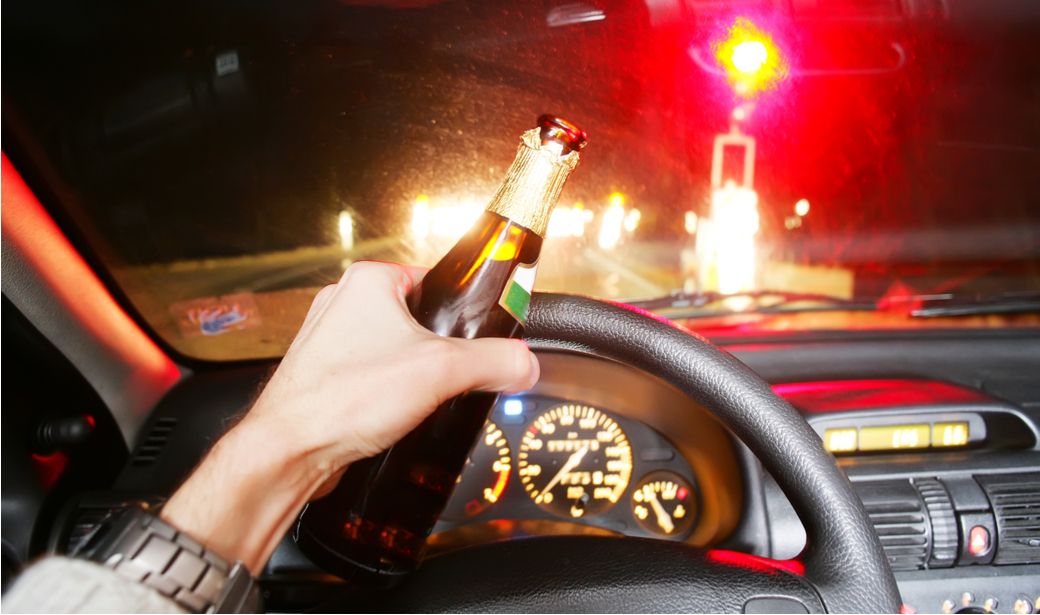An estimated 32 percent of fatal car crashes involve an intoxicated driver or pedestrian.
When social plans involve alcohol, consider the following:
- Identify a designated driver for your group.
- Do not let friends drive after drinking. Take their keys.
- If you have been drinking, get a ride home from a friend who has not been drinking or call a taxi.
- If you host a party with alcohol, offer alcohol-free beverages and remind guests to designate a sober driver.
- As a parent or caregiver, talk to your teens about the dangers of drinking and driving. Ask them to sign a pledge promising to not drink and drive.
- If you suspect a drunk driver on the road, call the police and provide the location, direction the vehicle is headed, the vehicle’s make, model, color and license plate number.
Blood alcohol levels
All states have adopted .08% blood alcohol concentration (BAC) as the legal limit for drivers ages 21 and older. Alcohol increasingly impairs drivers as the blood alcohol level increases:
.02% BAC
- Some loss of judgment and altered mood
- Decline in visual function and ability to perform two tasks at once
.05% BAC
- Exaggerated behavior and release of inhibition
- Loss of small-muscle control, such as eye focus
- Impaired judgment and lowered alertness
- Reduced coordination and ability to track moving objects
.08% BAC
- Muscle coordination (balance, speech, vision, reaction time, hearing) becomes poor
- Judgment, self-control, reasoning and memory are impaired
- Short-term memory loss and impaired perception
- Reduced information processing capability
.10% BAC
- Clear deterioration of reaction time and control
- Slurred speech, poor coordination and slowed thinking
- Reduced ability to maintain lane position and brake properly
.15% BAC
- Much less muscle control than normal
- Major loss of balance
- Substantial impairment in vehicle control, attention to driving and necessary visual and auditory information processing
Learn More



